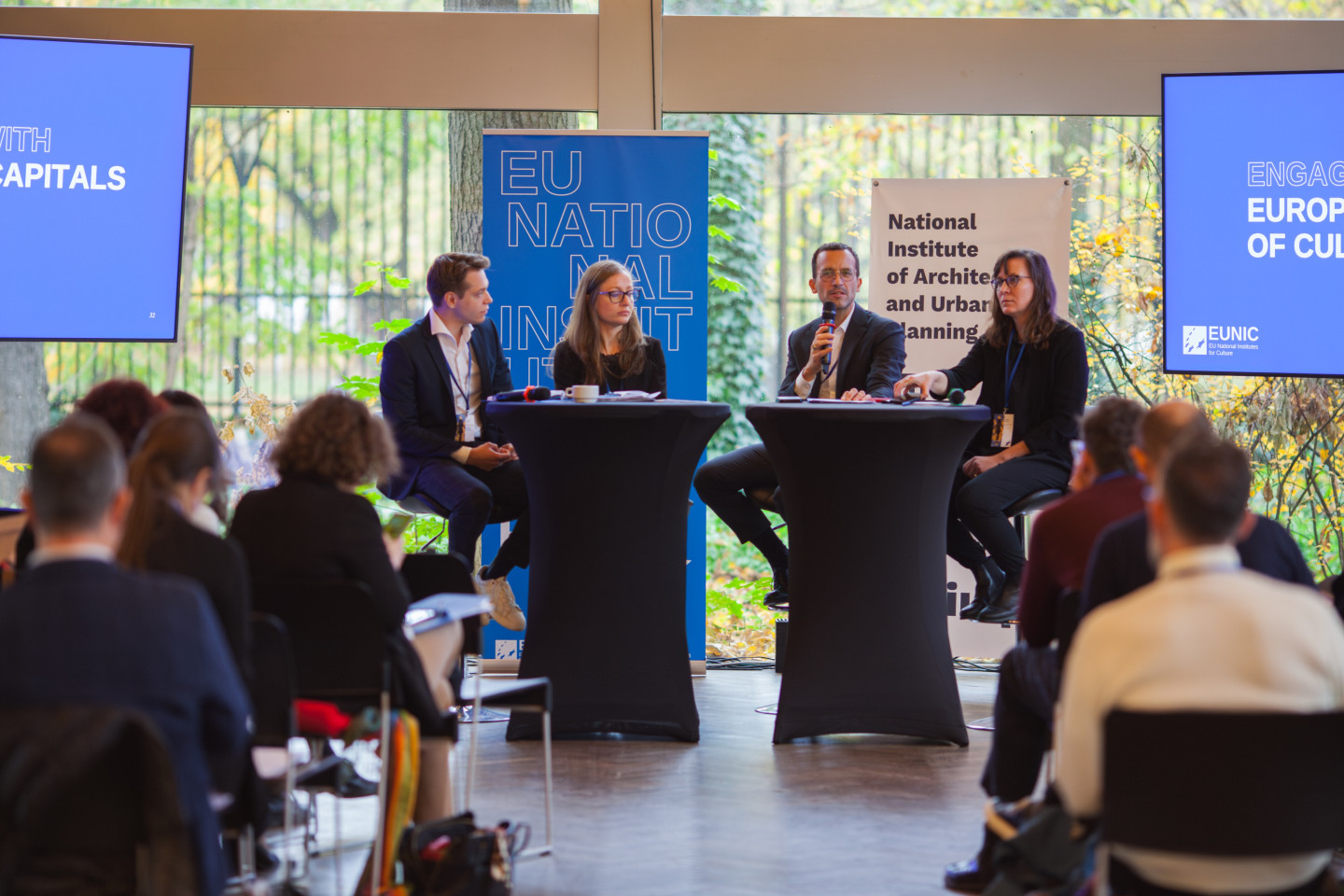communication is key
Communication is key to the success of any organisation or project. When done regularly, convincingly, and attractively, strong communication can help us showcase the power of international cultural relations and the value of our network of clusters.
Each cluster should develop and adopt an approach to communications that is in line with your capacity, meets the needs of your cluster, and reflects your local context.
Explore these communications best practices to ensure you meet your objectives and reach your target audiences.
Are you communicating about a Cluster Fund project?
You'll need to follow some specific additional communications requirements if you're communicating about a EUNIC Cluster Fund project. Find out more in the guidelines below.
logos and brand guidelines
Take a look at the EUNIC Visual Identify Guidelines to find out how to use the EUNIC logos, fonts and colour scheme.
Make sure the EUNIC logo, and your partners' logos, are displayed:
☑️ In your communication activities e.g. conferences, seminars etc.
☑️ On your information materials, e.g. printed materials, leaflets, posters, agendas etc.
☑️ On your digital assets, e.g. presentations and social media, etc.
Use high-resolution logos - feel free to choose the EUNIC logo that best suits your project’s visual identity and colour scheme.
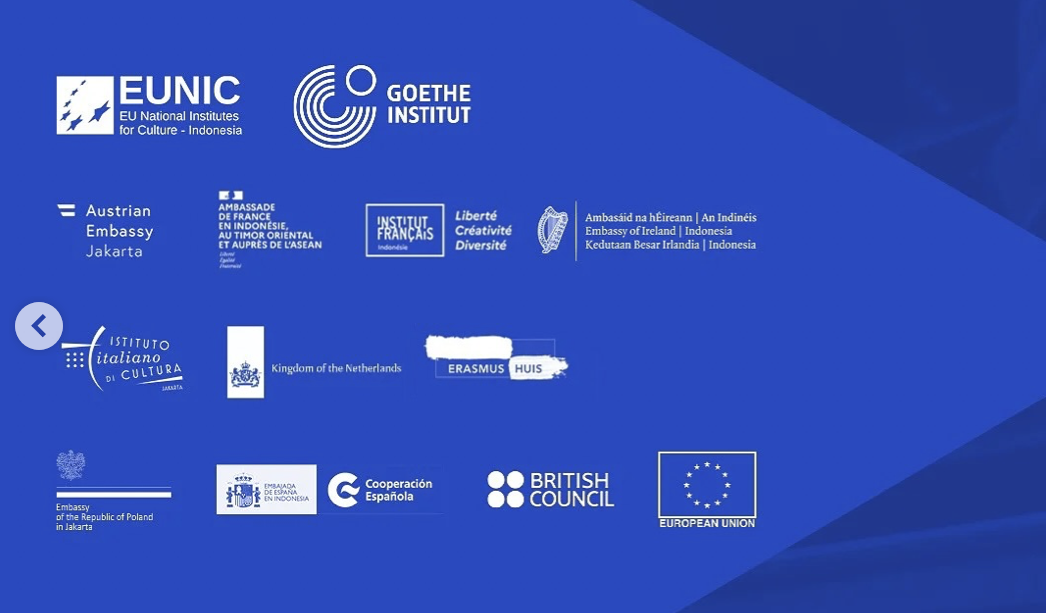
developing a comms strategy
Your project is unique and your approach to communications should be too. Having a basic strategy will help structure your communications activities. If possible, identify someone to be in charge of your communications.
Here are some things you may want to consider when thinking about your communications strategy:
1 - your mission & purpose
What are you trying to achieve with your project? What is your purpose? Start here.
2 - your target audiences
Who are you trying to reach? Be specific! Create different target groups that you want to reach.
3 - your key messages
What are you trying to say to your audiences? What stories do you want to tell?
4 - available channels
How can you reach these audiences? What communications channels are available to you?
5 - timeframe
When do you plan to reach them? How often? What are the key milestones for your communications efforts?
6 - measurement & feedback
How will you know if your communications are working? How can you measure your success or get feedback?
highlight your impact
Here are a few ways you can showcase the impact of your projects and activities.
1 - focus on positive outcomes
Focus on what your project has achieved and celebrate the successes. Think about the transformative effects your cluster work has and how it is making a difference in your local context.
2 - highlight shared values
Whether sustainability, inclusion or youth empowerment, focus on the values that unite your cluster members and partners. Name these values and create a sense of belonging with them.
3 - show the opportunities your create
Show how your project creates new opportunities for dialogue, mutual listening and learning.
4 - demonstrate equal partnerships
Reflect on the input of your project partners. Show how your cluster work follows a people-to-people approach and engages local stakeholders.
5 - spotlight the local context
Think about the long-term impact on the local context. Highlight the local needs and amplify local voices. Let your audiences connect with the people involved in your activities.
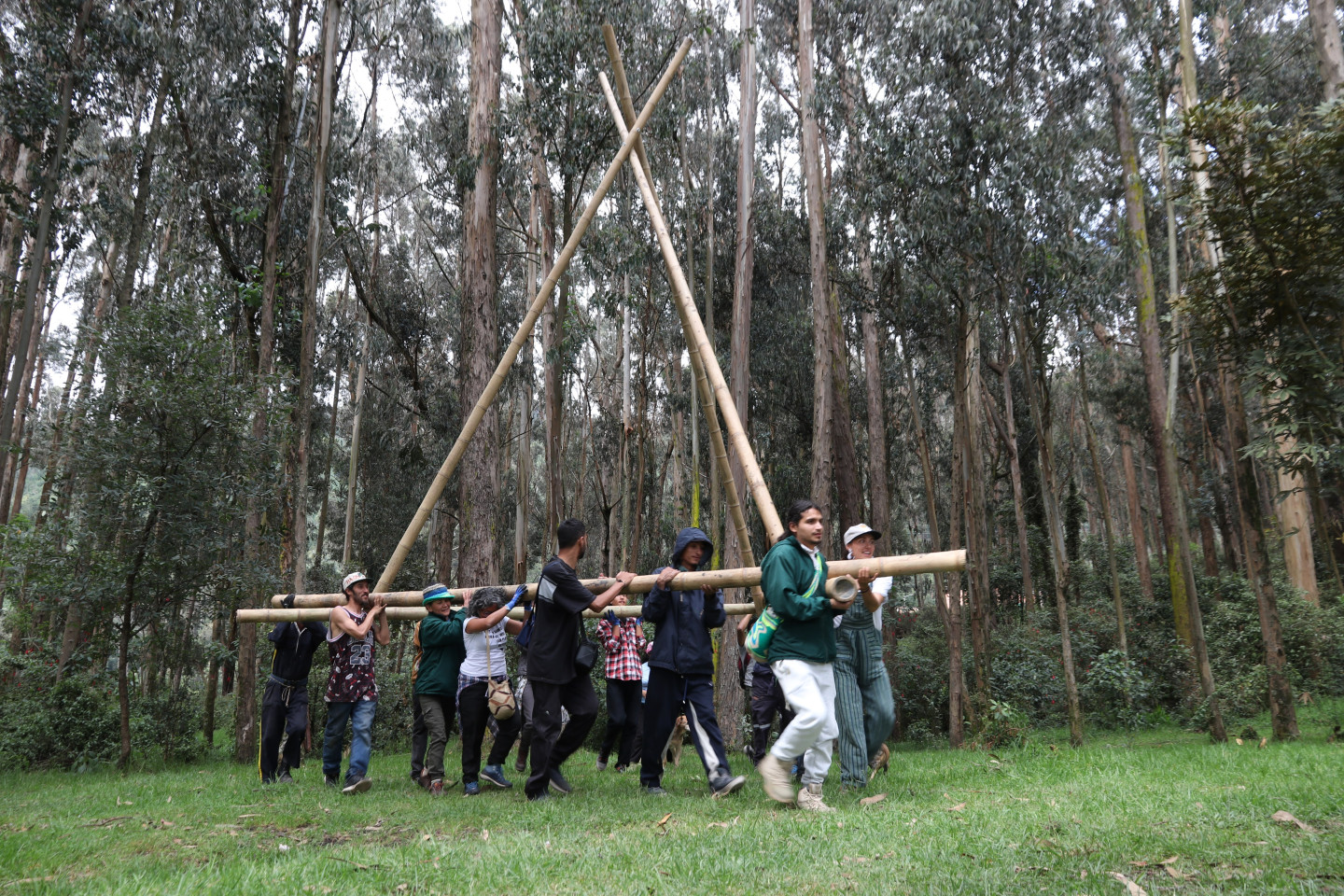
focus on hope
Hope-based communication is an approach and set of guiding principles designed specifically for communications around human rights issues. It centres around hope and sets out to inspire hope in others.
The goal is to communicate effectively by talking about what we stand for, not against, and to focus on building the world we want based on shared values.
Shift the narrative by reframing your communications in five key ways:
1 - from fear to hope
2 - from against to for
3 - from problem to solution
4 - from threat to opportunity
5 - from victim to human
Take a look at the guide here to learn more about hope-based communications.
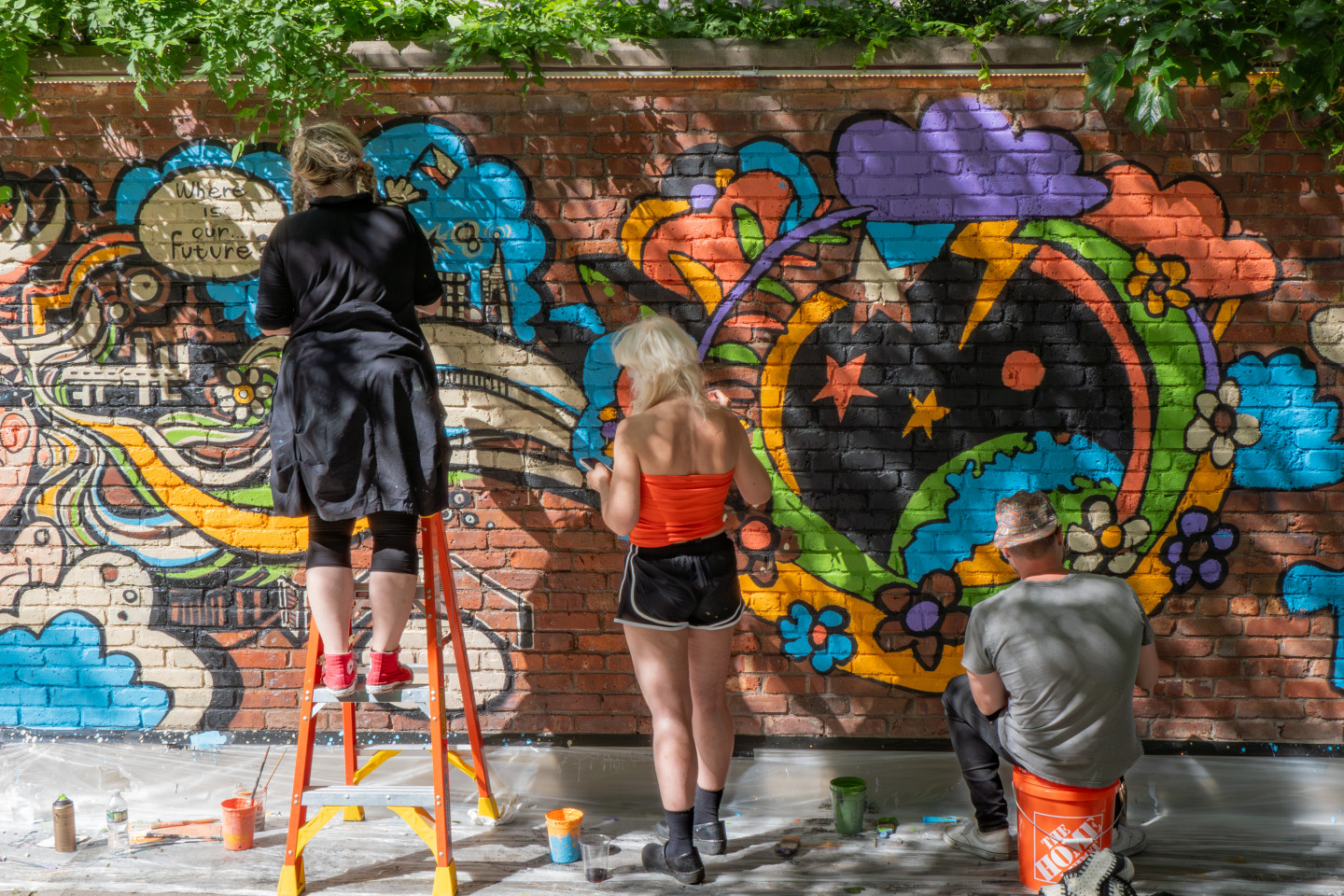
sustainability and communications
Sustainability is a key priority for of the EUNIC network. We encourage you to consider sustainability when planning your communications activities.
Check out the EUNIC Sustainability Toolkit which has a dedicated section on sustainable communications, ‘A Dynamic Guide for Cultural Relations Practitioners to Crafting Compelling Narratives in Environmental Communication’.
In this toolkit, we have outlined a set of communication objectives that aim to inform, inspire, and mobilise our network towards collective climate action.
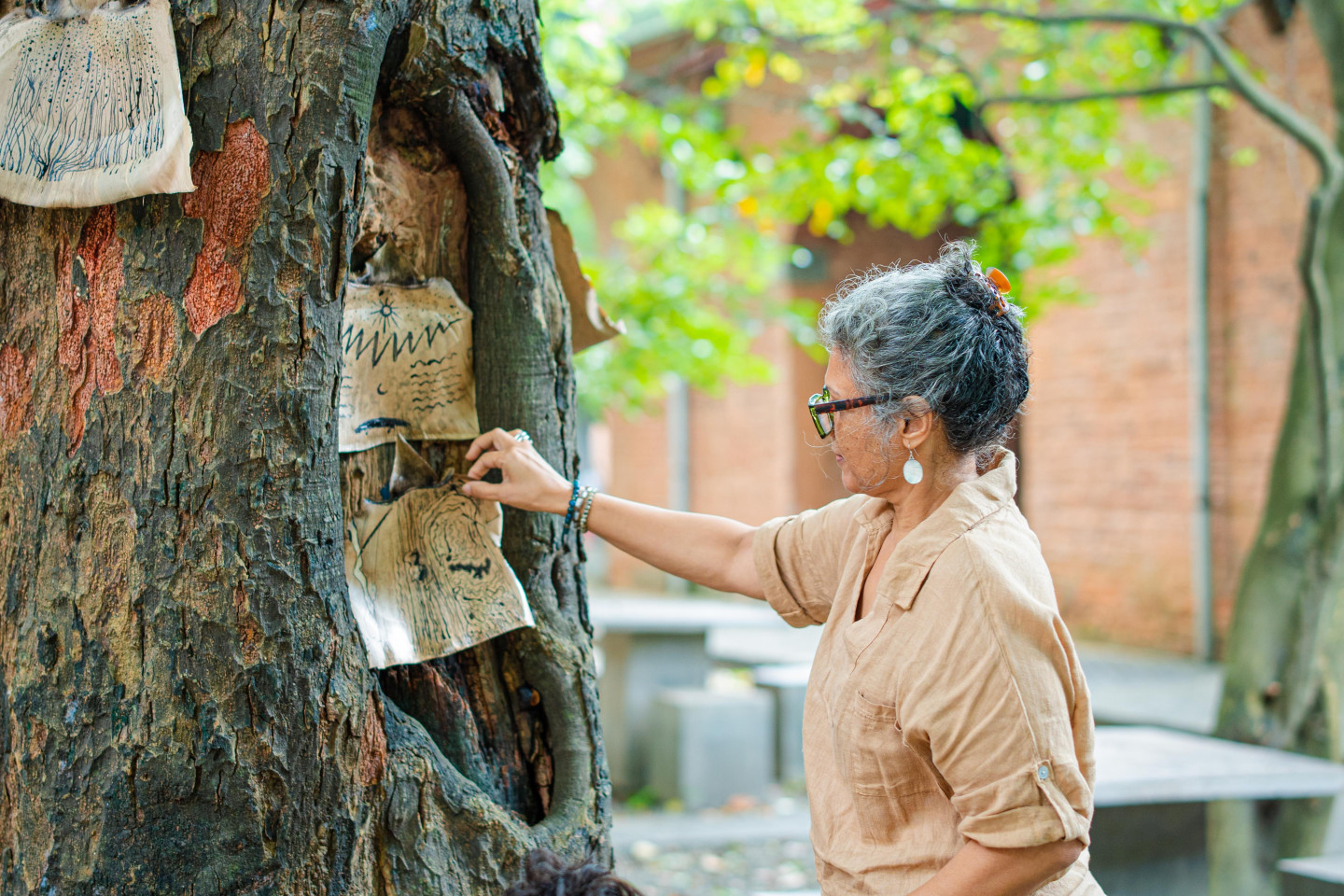
take high-quality photos
High-quality assets are valuable for sharing your project on social media, in reporting, on websites and with media outlets.
The key is coordination and quality - the better the photos, the more compelling the communication materials!
For important project activities, consider involving a professional photographer. If you plan to shoot on mobile devices, consider investing in equipment like tripods, microphones or editing apps. There is a lot you can do with smartphones!

get media coverage
You can amplify the visibility of your work by reaching out to local press and media outlets.
The media outlets you engage with will depend on your local context and the audiences you are trying to reach.
This could be traditional media like TV, radio and newspaper or digital media like online news channels or web articles.
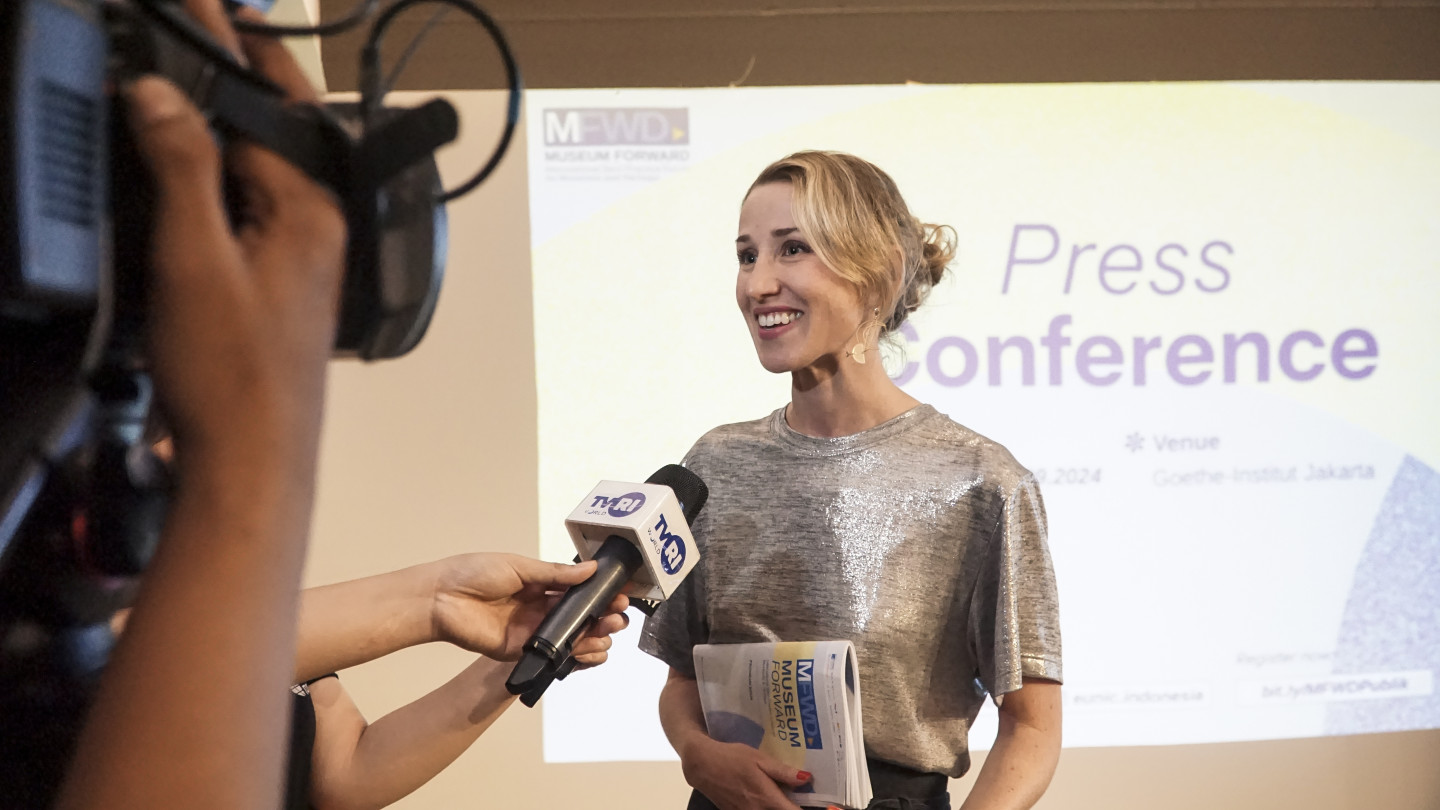
engage on social media
Consider your approach to social media - think carefully about the platforms you want to use (or not use).
There is no need to be active on every social platform, select a few channels based on where your target audiences are most likely to be found.
When posting updates on social media, you can mention us by tagging @EUNICGlobal.
If you create new social media accounts, make sure to leverage the existing accounts of your cluster or cluster members to amplify the reach of your content.
Contact us directly or via social media if there is a specific moment or activity you want to draw our attention to.
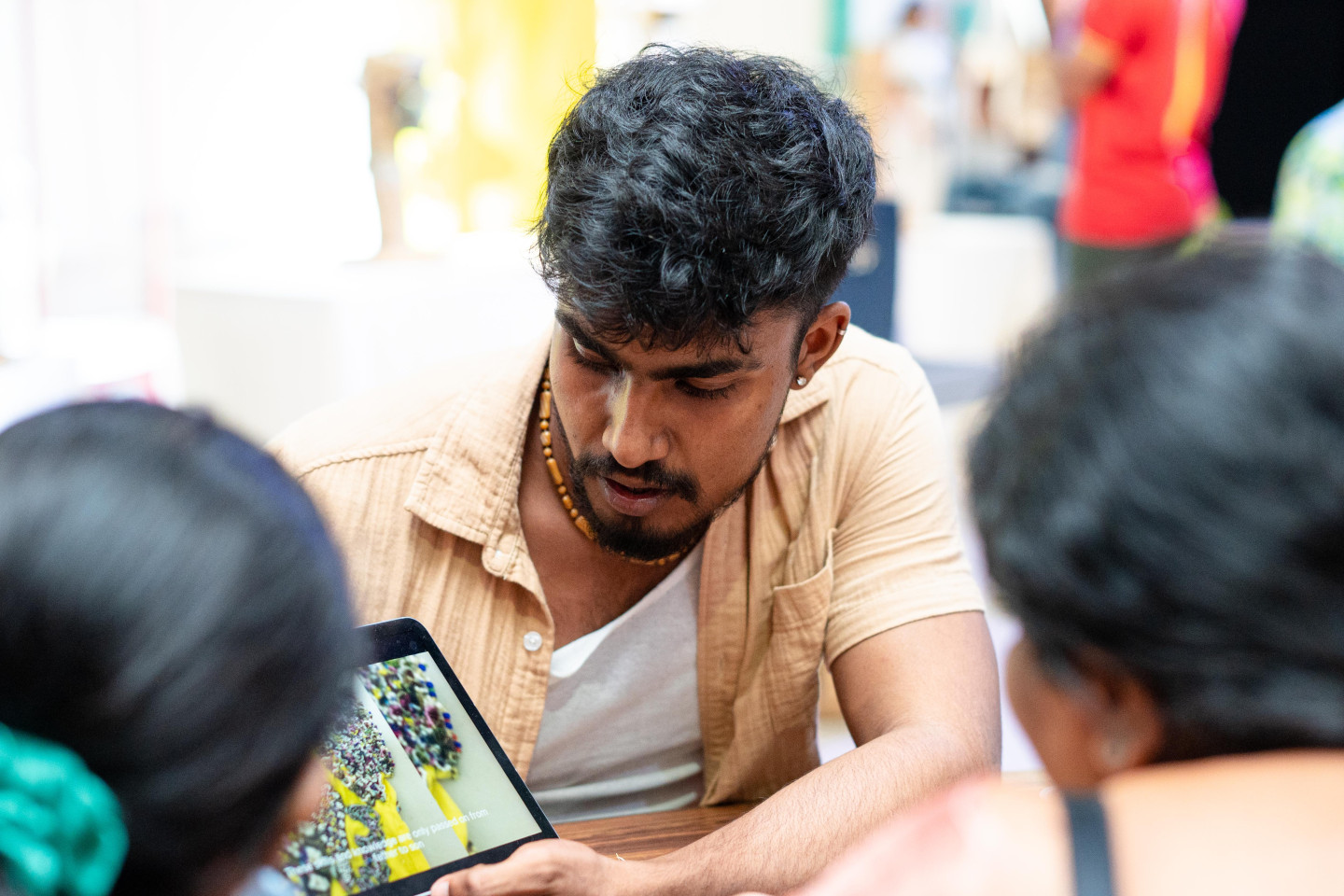
how we tell your story?
on our social media
We use the EUNIC social media channels to give visibility clusters projects on a regular basis.
in our newsletter
The EUNIC newsletter features the latest news and projects from across our worldwide network. Each month, we dedicate a newsletter item to cluster projects.
The newsletter reaches a wide audience, both within the network and outside, including EU policymakers, partner organisations and actors from the global cultural field.
Subscribe to the newsletter.
at our meetings and events
We regularly present your stories and projects - preferably together with you - at important events, such as our General Assemblies or Regional Cluster Seminars. It may also be during online meetings or webinars.
on special occasions
On occasions, such as the International Day of Diversity and Intercultural Dialogue or other worldwide or European thematic days, we often team up with the European Commission or other EU institutions for joint campaigns around certain topics. These international days offer great opportunities to provide additional visibility for EUNIC projects in wider contexts.
in our advocacy
EUNIC often brings the practitioners’ perspective from EUNIC projects to cultural policy conversations at the EU and global levels on the value of culture in international relations.
